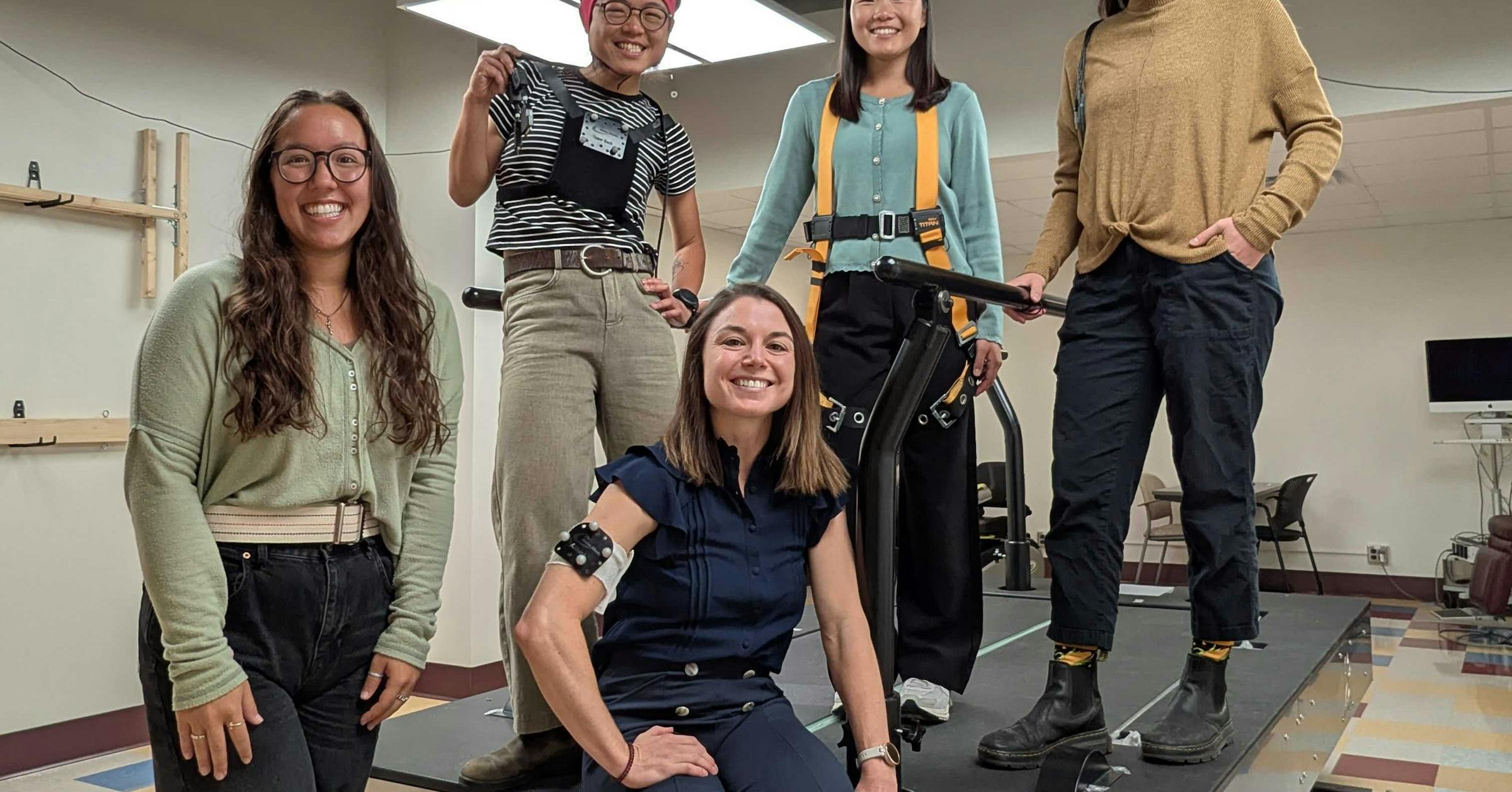
Instead of studying why some people age faster, a University of Minnesota researcher has received $2.2 million to figure out why others stay youthful longer.
Brain activity appears different in so-called “SuperAgers,” people 75 and older with no cognitive declines who walk and run as easily as people in their 40s, said Jacqueline Palmer, the U physical therapist leading the research. Understanding their aging process could unlock therapies and strategies to improve other seniors’ quality of life in later years.
“Most research in brain aging is focused on understanding what is going wrong. Why are people developing diseases? … We are flipping the script,” she said.
The U on Wednesday announced Palmer received a New Innovator grant from the National Institutes of Health’s High Risk, High Reward Research program. Such federal awards support ideas that aren’t yet backed by extensive research results but have potential to reshape health care.
Six other U researchers have received these grants over the past two decades, using the funding to kickstart studies of 3D-printed bionic organs, HIV vaccinations and other untested ideas.
Palmer’s proposal came from earlier studies on stroke and cognitive declines, which recruited healthy elderly adults for comparison who showed remarkable resilience to the usual course of aging.
Researchers expected that these people would have similar brain activity as younger people, but were surprised to find out that their neurological activity was distinct. Palmer said there was evidence of “neuroplasticity, or brain rewiring,” in response to the usual pressures of aging.
“Is there something adaptive that they possess, or they have been able to kind of harness, that makes them exceptionally resilient?” Palmer asked. “That perhaps other people are missing?”
To drill down to the answers, Palmer’s team will recruit 78 people 75 and older, including some SuperAgers and others for comparison, and monitor their health over two years. Participants will walk on a treadmill that changes angles and challenges their balance. Diagnostic tests will measure everything from blood flow to electrical signals to determine how their brains respond and adapt to this challenge over time.
Palmer estimated that 4% of Americans 75 and older are SuperAgers. Alas, she said she doesn’t expect to develop a simple pill at the end of her research that magically gives others resilience to aging.
Good exercise and eating habits are likely important factors. However, she said future phases of her research could test brain stimulation to see if it coaxes the same kind of neurologic activity that exists in SuperAgers.
The project comes amid a broader effort at the U to focus research around an aging Minnesota population. The university recently raised $55 million in philanthropic funding to launch an Institute on Healthy Aging that will support more studies and train the next generation of geriatricians.